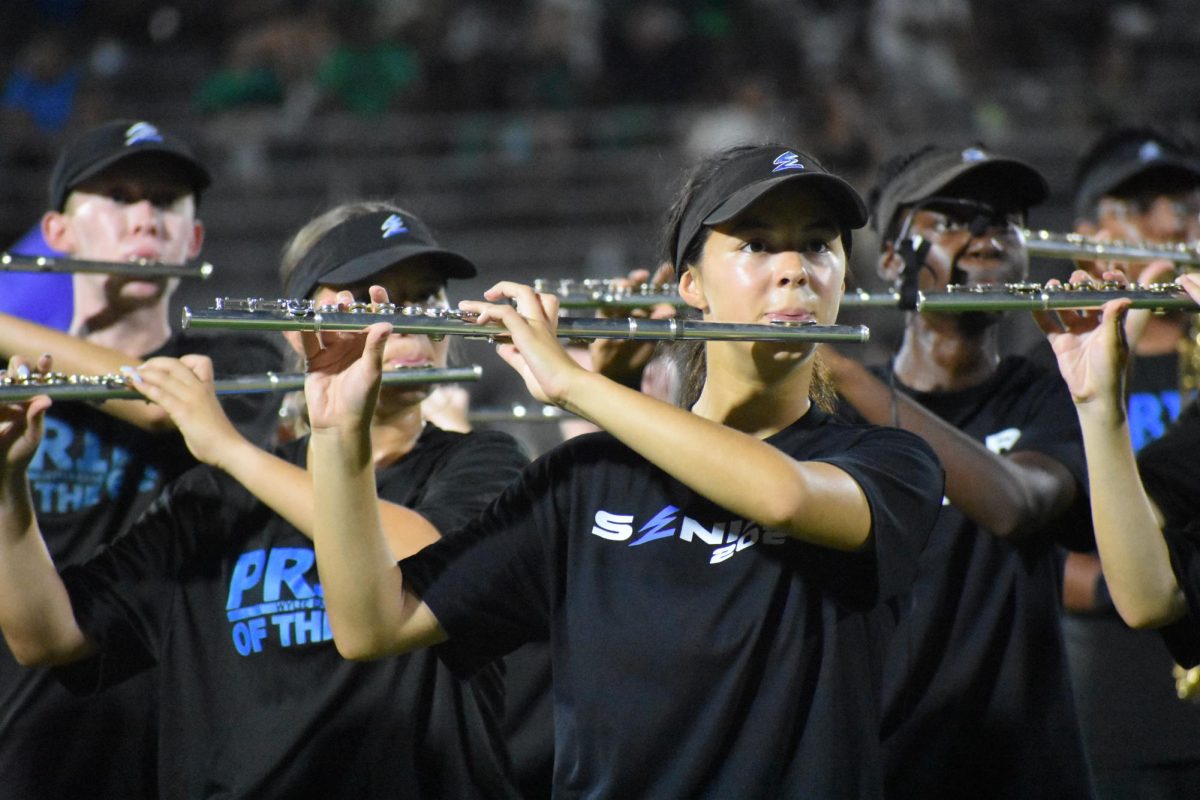The grandfather of rap, rock and R&B birthed from the bosom of black spirituals, jazz is an ever evolving music genre that serves as the fortress of mainstream music. The driving force of the roaring 20s, jazz traded the stiff, stagnant style of traditional sound for laid-back swing that reflected the human soul. Like anything old and outdated, as jazz molds into modern melodic styles, its older 20s-inspired sound falls out of the popular light.
Recently, however, this flavor of sound has taken streaming services by storm. One Icelandic singer and songwriter has caused jazz to take over TikTok. From her most recent album entitled “Bewitched,” Laufey’s songs have seen sudden fame on social media, from upbeat songs like “From the Start” or heart-felt ballads like “Promise.” There’s no hiding that Laufey’s influence has sprung the uncommercialized art form into the center stage of Generation Z music.
The jazz comeback is not only the revival of a music genre, but the revival of a global tradition in the United States. And our fast-paced media presents Laufey as the face of this revolution. Although keep in mind, novice fans, that for jazz to keep its spot in the limelight, for this global tradition to stay alive and well, it’s important to recognize elements of the genre outside of one particular artist.
Why does this matter though? Is her artistry not aiding in popularizing an age-old genre in today’s world?
Indeed it is. In fact, with the help of fast-paced media, Laufey’s songs expose the entire world to her style of jazz, one of the numerous types of jazz music. Laufey’s fame introduces young listeners to a mere portion of the genre, but will hopefully induce curiosity or at least an appreciation for other sectors of jazz as well. Only once people recognize the vastness of the music style will jazz make its full return.
With a category as diverse and malleable as jazz, there are so many ways different parts of the world play it. In European countries such as Iceland, jazz has a distinct sound characterized with stringed instrumentals and feminine slow songs. Originally sung by Edith Piaf, the iconic French song “La Vie en Rose” encapsulates this very well with heart-melting chords and delicate string long tones. Laufey’s “Night Lights” synonymously reflects the soft tone of eastern pacific jazz.
In contrast, when Americans think of jazz, we hear brass horns, saxophones, keys and drumsets playing swing along the streets of New Orleans. We hear legends Louis Armstrong, Frank Sinatra and Ella Fitzgerald. Samara Joy’s rendition of Betty Carter’s “Tight” encapsulates the fun, bebop vibe of the 60s, peak jazz era.
Moreover, jazz comes in various forms in South America such as the beachy vibes of Bossa Nova or the polyrhythmic lines in Cuban jazz. Japanese jazz fusion has a calming lofi feel unlike any other type of fusion jazz.
There is so much more to jazz than one singular artist, than one bossa nova tune or a romantic blues. Jazz embodies the human experience in various cultures and connects the globe. While its commercialization brings the genre into mainstream media, it can simultaneously limit its audience from witnessing the utter immenseness of the genre. To preserve age-old traditions, light must be shed to all parts of the genre.












